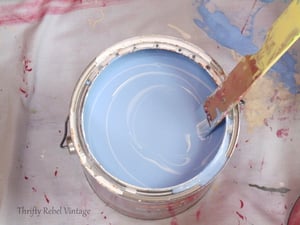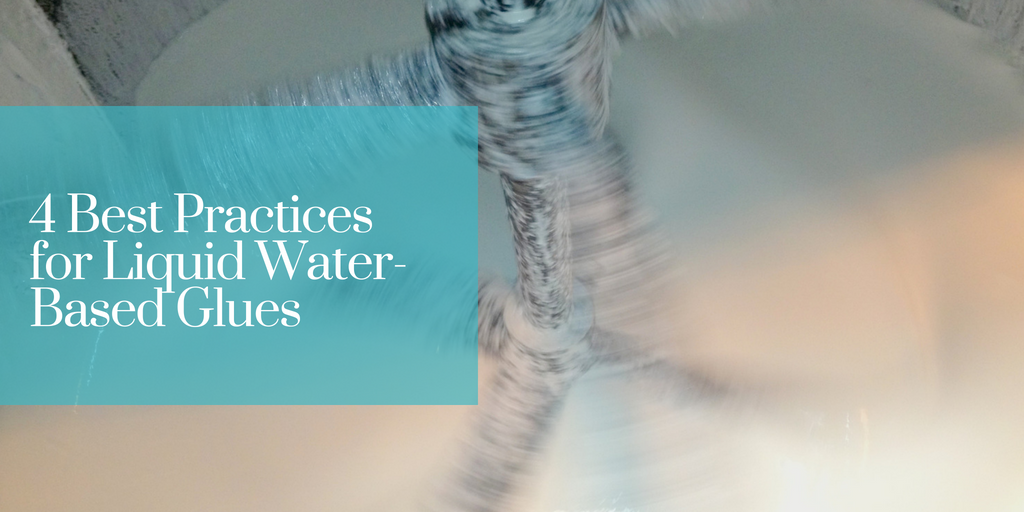Ever run into performance issues with your liquid water-based glues? Make sure you're taking some time to familiarize yourself with the best practices for this type of glue before you incorporate it into your production line.
Here are 4 best practices to keep in mind if you're using liquid water-based glues in your manufacturing process.
 Best Practice #1: Mix Before Use
Best Practice #1: Mix Before Use
Have you ever purchased a gallon of paint, just to open in and see that it separated? You certainly wouldn't want to dip your brush in that paint until it has been mixed. This is standard practice for paint. The same goes for liquid water-based glue.
Liquid glues are water-based, so it's not uncommon for the glue to "settle". This is completely normal, and just means the glue needs a little mixing before use. Once thoroughly mixed, you can begin use right away.
We recommend mixing the glue each time before use - especially if it has been sitting for a little while.
BEST PRACTICE #2: Avoid Adding Water
Unlike our animal glue formulas which require the addition of water before use, liquid glues come ready for production. These formulas have the recommended water ratio worked into the formula. No additional water should be added.
If additional water is added to the glue, the bonding properties could be compromised. Before making any changes to the formula, make sure to reach out to our technical team to discuss.
BEST PRACTICE #3: Store In a Cool Dry Place (But Not Too Cool!)
Proper glue storage will not only extend the life of the product, but will also ensure proper performance. Since liquid glues are water-based, they can freeze if they are not stored in appropriate conditions.
For best results, liquid glues should be stored in a cool, dry area at temperatures above 60° F and below 90° F.
BEST PRACTICE #4: Keep Those Lids (and Nozzles) Tight!
This one may seem pretty obvious, but it wouldn't be a liquid glue best practice list without it.
Water is what keeps a liquid glue... liquid. Once the formula is exposed to air, the water will begin to evaporate and the glue will start to dry and harden. Always be sure to tightly shut the lids and nozzles of your glue packaging to avoid exposure to air.
If you keep these 4 simple best practices in mind when using your liquid glues, you'll find that using them is quite easy.







